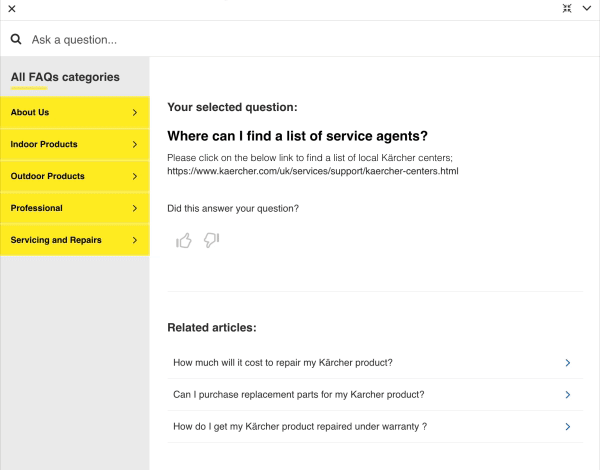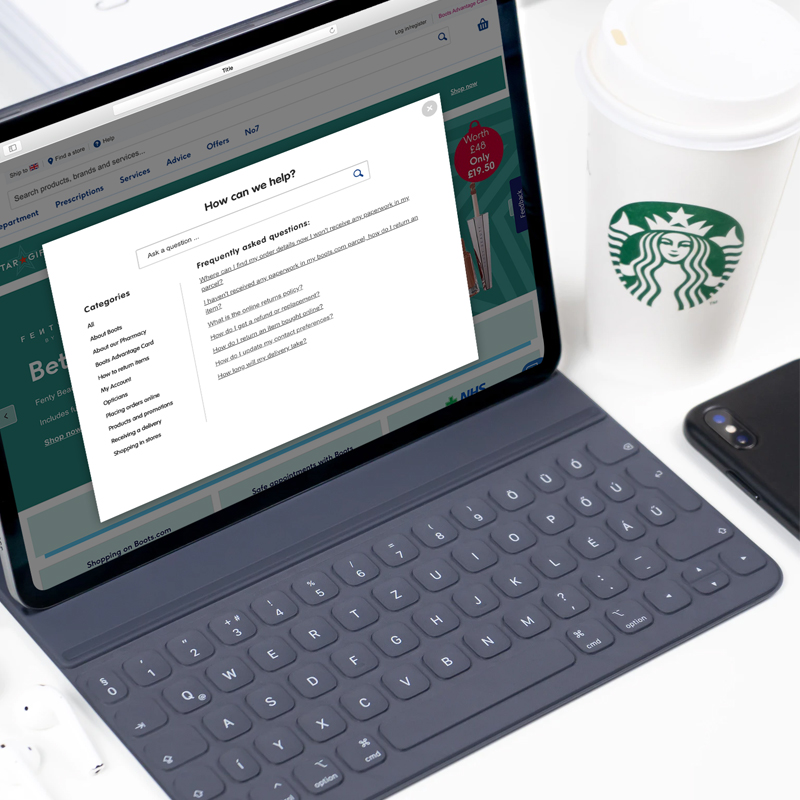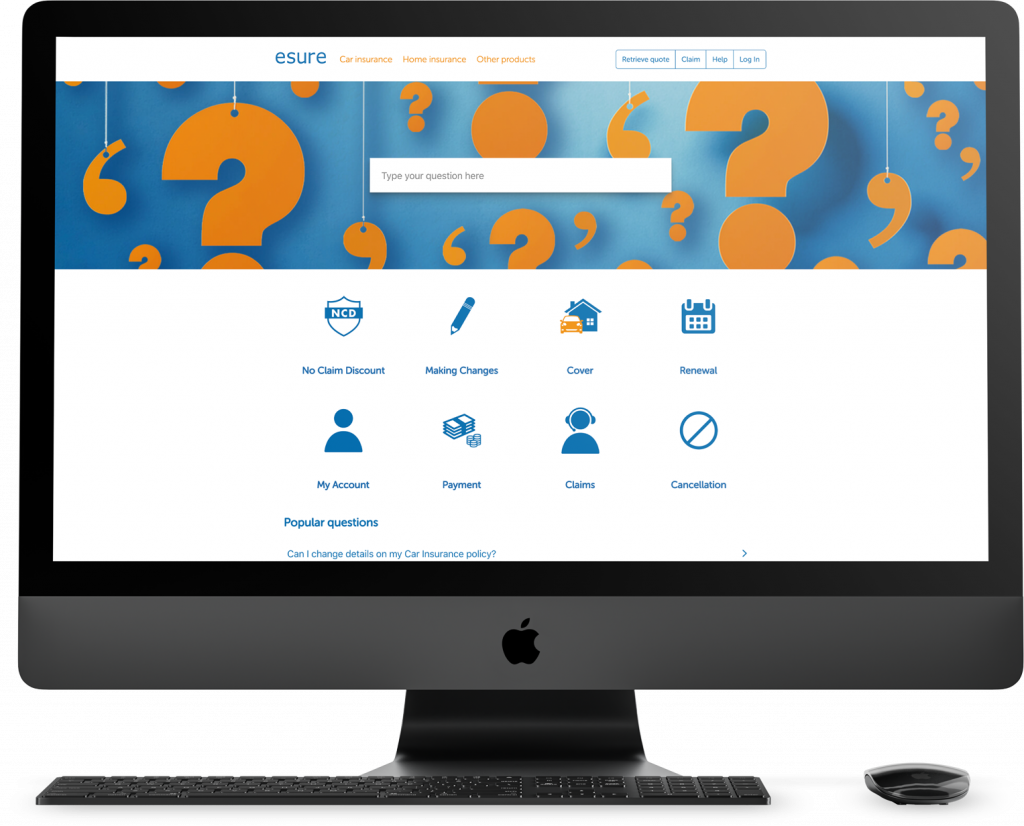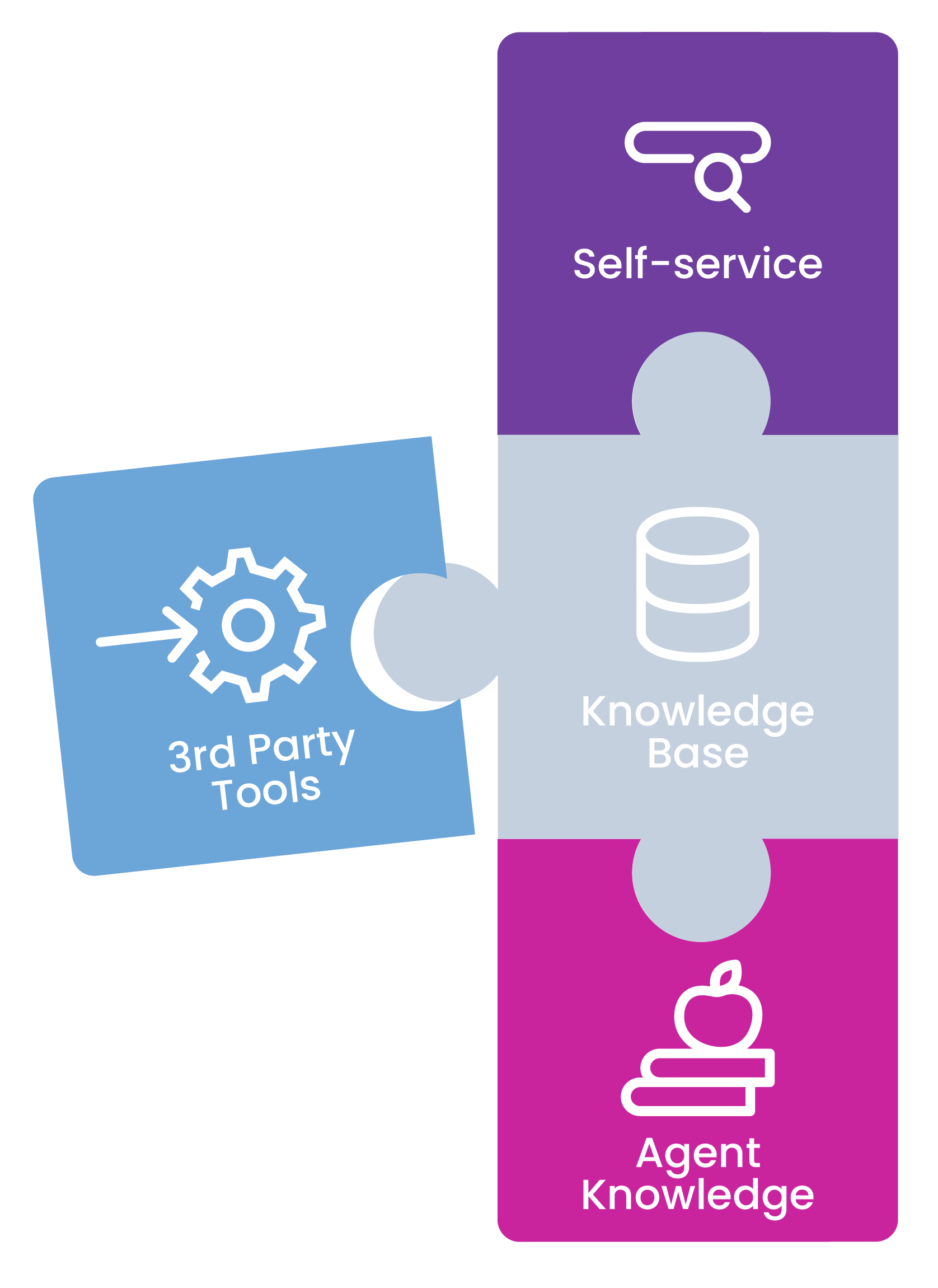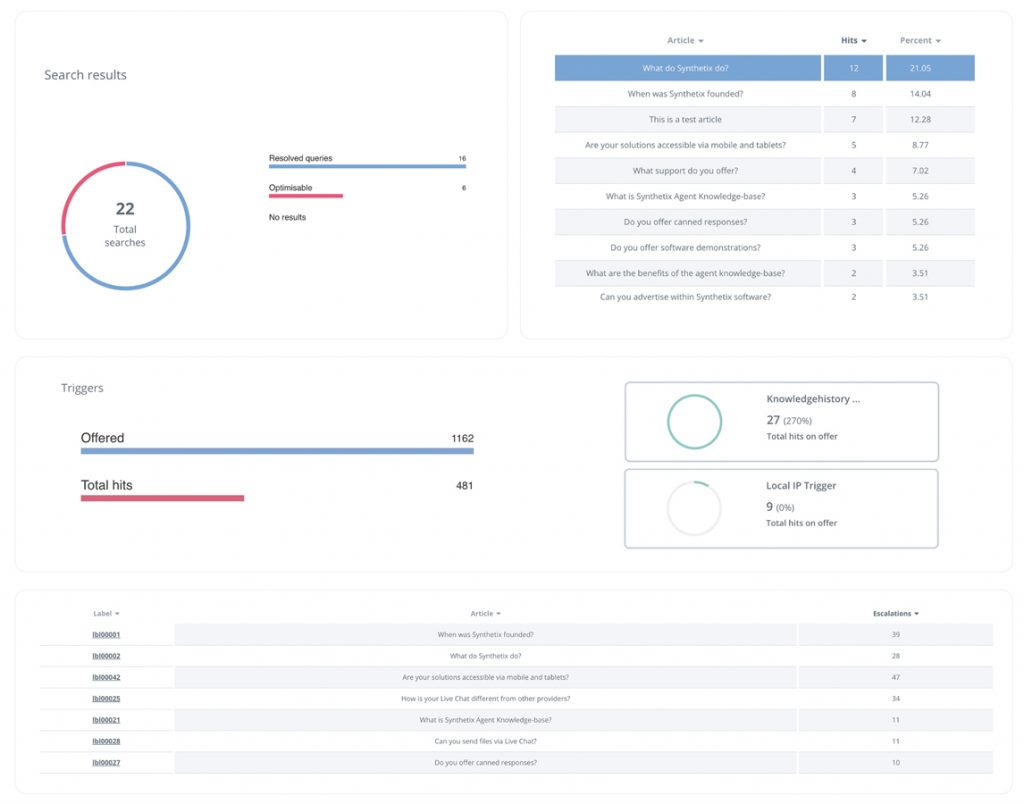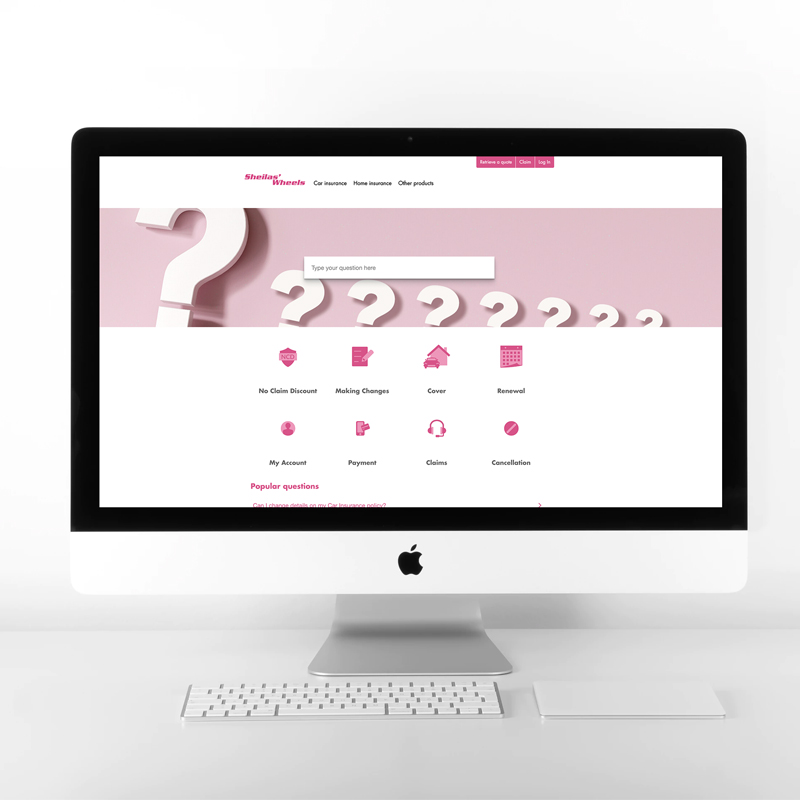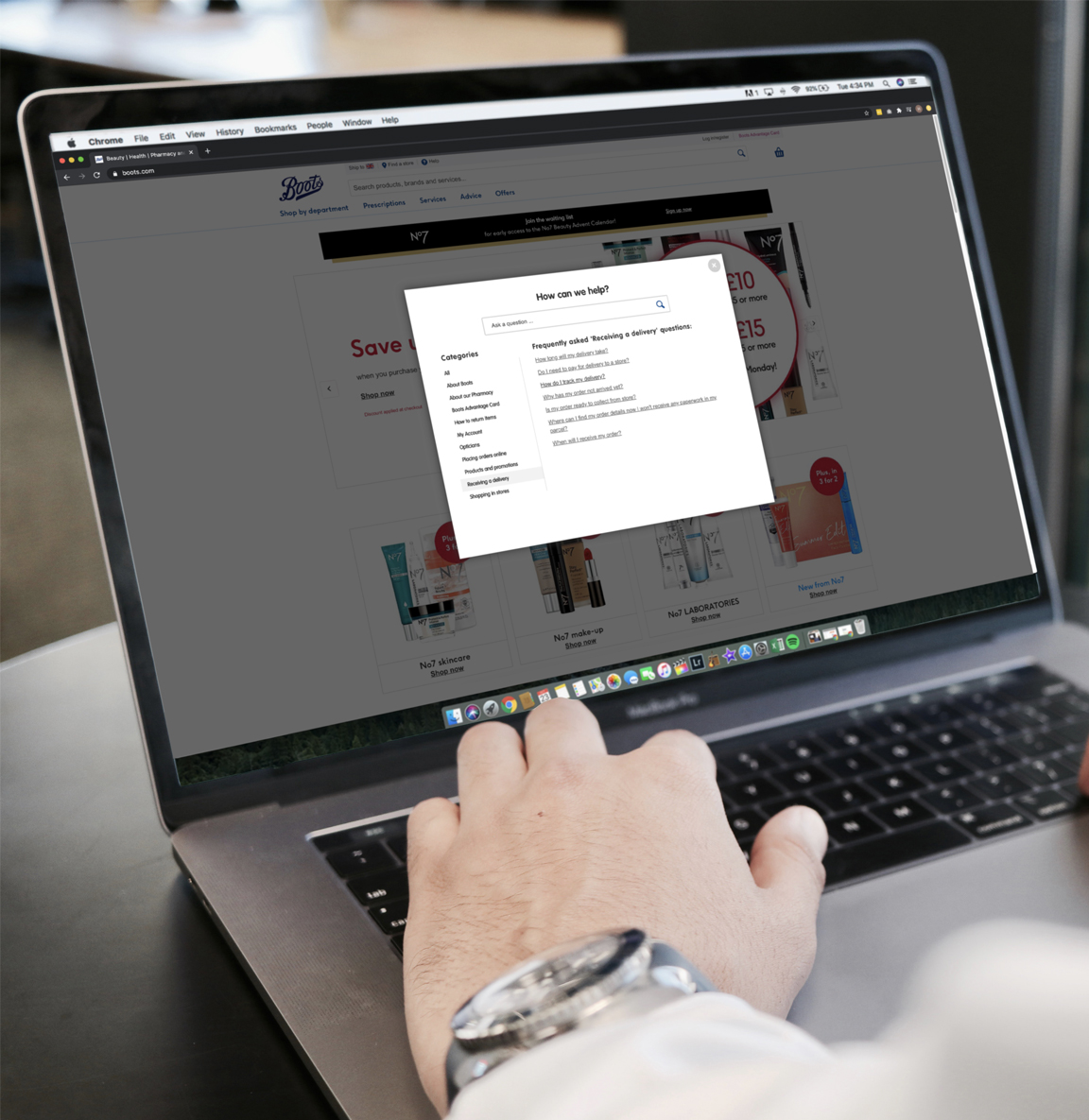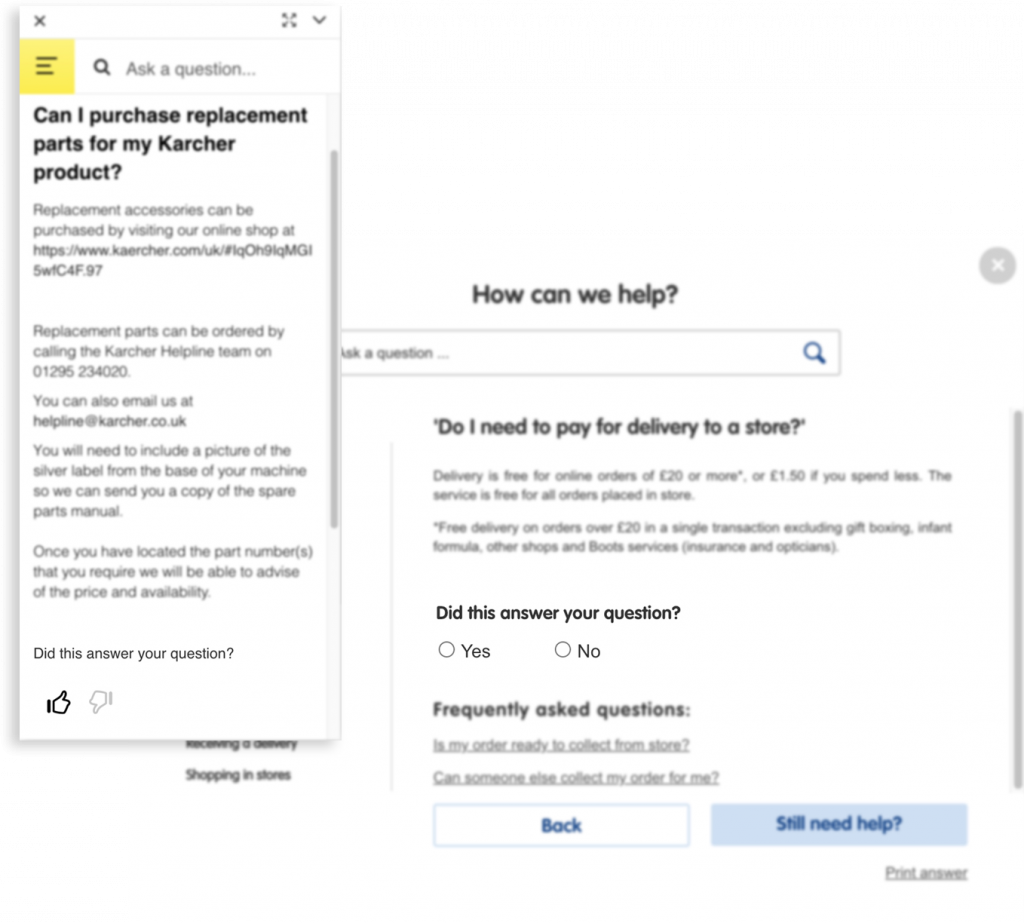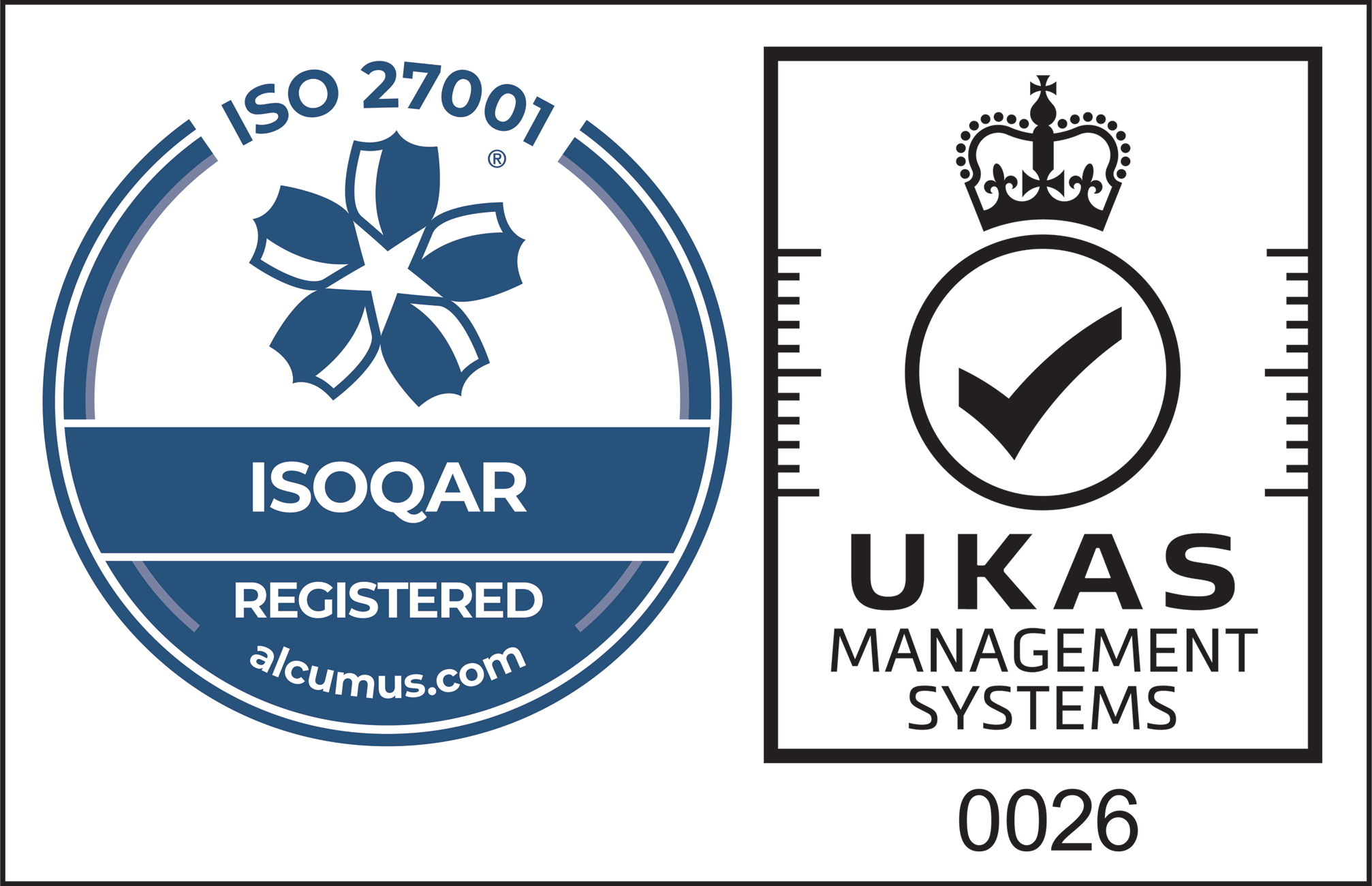The requirement for self-service contact centres has only increased since the pandemic. Periods of non-contact and lockdowns meant that consumers had to learn the self-serve – so much so, that for many who are now tech-savvy, it is their preference.
Contact centres understand not only the benefits in which self-service has on their customers but also the benefits it has to overall business efficiency.
This article explores the top 5 benefits of a self-service contact centre:
- Contact centre costs are considerably reduced
- Resolution times shrink for better cx
- Improved ESAT positively influences CSAT
- Overall agent efficiency skyrockets
- Continual optimisation of knowledge through feedback
1. Contact Centre Costs Are Considerably Reduced
Before self-service contact centres, getting a resolution to a customer query went something like this:
- Customer visits website
- Customer navigates to the Support page
- Customer rings the support number provided
- Customer waits on hold for 20 minutes
- Customer explains their query to an operative, before being transferred to the correct department
- Customer explains their query once again to the specialist operative
Not only are there multiple steps to this process, making the overall experience cumbersome for the customer, but each step that involves handling the query itself has overheads attached to it.
When we consider just how many queries a company receives each day, these support costs accumulate and can prove particularly costly over time.
However, with the introduction of AI-powered self-service tools, getting a resolution to a customer query looks like this:
- Customer visits website
- A chatbot asks if they require help with anything, to which the customer enters their query
- Using sophisticated Natural Language Processing (NLP), the chatbot produces an article that is relevant to the customer’s query
70% Experience A Reduction In Call Volumes When Chatbots Are Deployed.
Not only is this a shorter and smoother journey for the customer but it involves zero agent involvement, removing those costs associated with handling the query.
Through the automation of routine queries and even tasks such as quotes, payments and ID&V, support costs are significantly reduced for the contact centre.
2. Resolution Times Shrink For Better CX
A critical factor affecting good customer service is resolution time, the total time in which it takes for a customer’s query to be resolved – from start to finish.
As demonstrated above, there are far fewer steps in the customer journey that utilises self-service in comparison to the one that does not utilise self-service. This is because the latter relies on agent availability and depth of specialist knowledge – which can be limited.
AI, on the other hand, is available 24/7, produces automatic responses and therefore will never need to put a customer on hold to find the correct article or to consult a manager.
This slashes resolution times and is made possible through an AI derivative known as Natural Language Processing (NLP). NLP receives the customer query on behalf of the chatbot or self-service tool and by unpacking each of its components and analysing them, can understand intent. This allows the very best and relevant results to be produced quickly.
67% of customers prefer to solve issues themselves
Self-service is quick, convenient and has quickly become the now tech-savvy consumer’s preference.
3. Improved ESAT Positively Influences CSAT
In a recent survey, contact centre executives were asked about their experiences. It was revealed that 74% of those asked felt that agent experience had a significant impact on customer experience.
This suggests that there is a correlation between empowered employees and satisfied customers; when agents have job satisfaction, customer service is better.
But what does this have to do with the self-service contact centre?
Through powerful AI and by harnessing NLP, self-service software independently handles 20% of all routine queries online. This means that significantly fewer routine queries and tasks end up reaching contact centre agents.
Instead, with routine queries partially filtered out, the agent gets to interact and help customers with complex and serious issues. By reducing the mundane from their job roles, agents feel empowered – particularly by finding resolutions to complicated questions. It gives them job enrichment and purpose.
In short, self-service enhances employee satisfaction, which in turn can improve CSAT.
4. Overall Agent Efficiency Skyrockets
Self-service tools such as chatbots or FAQ widgets are powered by one centralised, intelligent knowledge base. This is central to the company and not only utilises AI to fuel customer service tools but also powers the interface in which agents use to resolve customer queries in the contact centre.
When a company adopts a self-service contact centre, they begin to reap the benefits of the agent-facing console, with productivity and efficiency skyrocketing.
The agent interface includes an integrated mini knowledge base so that hundreds, maybe thousands of articles of knowledge are available at agents’ fingertips.
For optimal efficiency, AI-predictive suggestions recommend relevant articles on every key-press which significantly reduces the time in which it takes to handle a query, minimising Average Handling Time (AHT) and promoting CX.
Further, for self-service contact centres that include live chat as a contact channel, the live key-press feed feature allows agents to preview what users are typing in real-time before they hit “send”. This allows agents to sometimes craft a response before the query has even been sent, reducing wait time considerably.
Read: Choosing A Knowledge Base For The Multi-Tenant Contact Centre.
5. Continual Optimisation of Knowledge Through Feedback
Self-service software not only reduces routine contact levels but also helps companies with optimising the knowledge that resides within their centralised knowledge base.
By including customer feedback prompts within each knowledge article, companies can grasp an idea of whether the content is serving its intended purpose – that is, resolving customer queries or not.
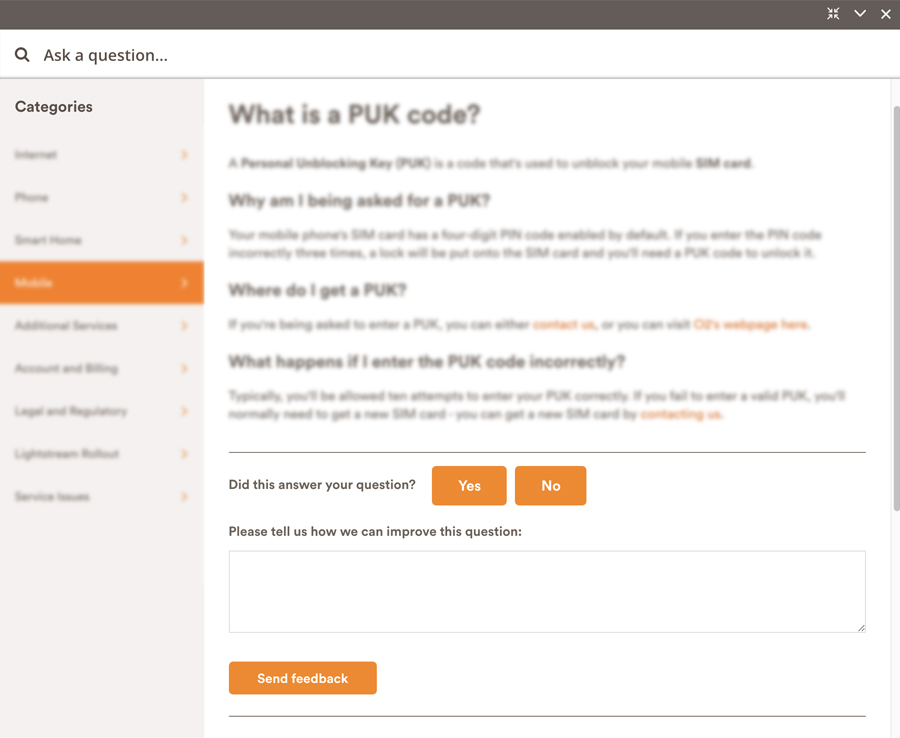
The wider knowledge base analytics centre can tell companies which articles were effective or optimisable over time, making it transparent and easy to identify which require improving and which are working.
Similarly, data will show if an article is optimisable by comparing the query with the position of the article. If the article did not show as a first-page result then its keyword matching and intent will need looking into.
Here’s How Synthetix Self-Service Solves Contact Centre Problems
Over 80% consider bots and AI robotic automation to be an important function of the contact centre, yet only 48% have deployed such technology into the contact centre.
With a fast-changing, customer-centric landscape it is vital to the success of CX and general business that self-service is incorporated into the contact centre.
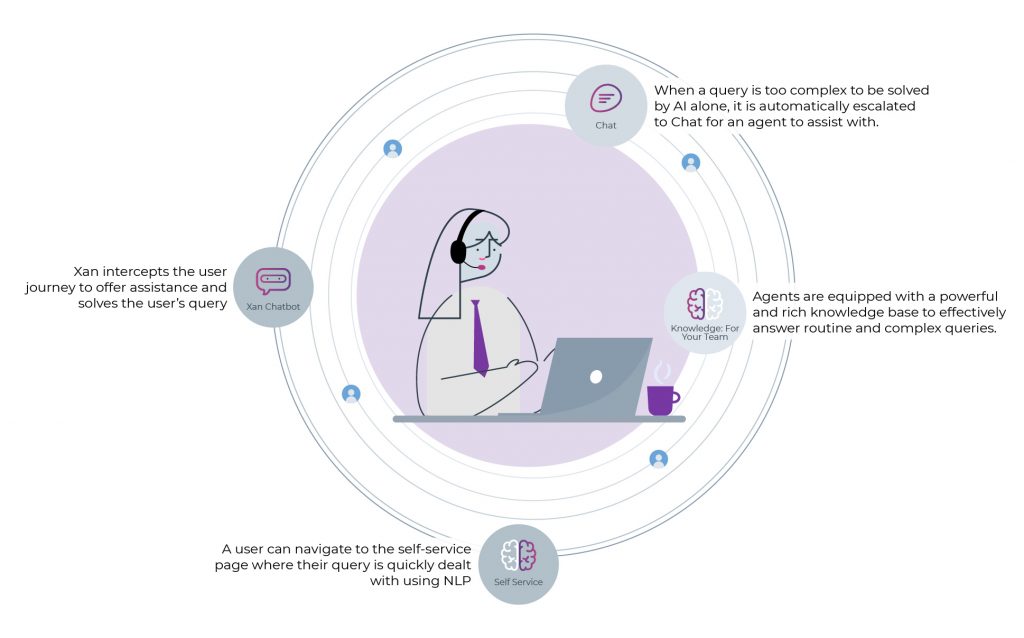
For expert advice as to how the self-service tools mentioned in this article can help your contact centre,


